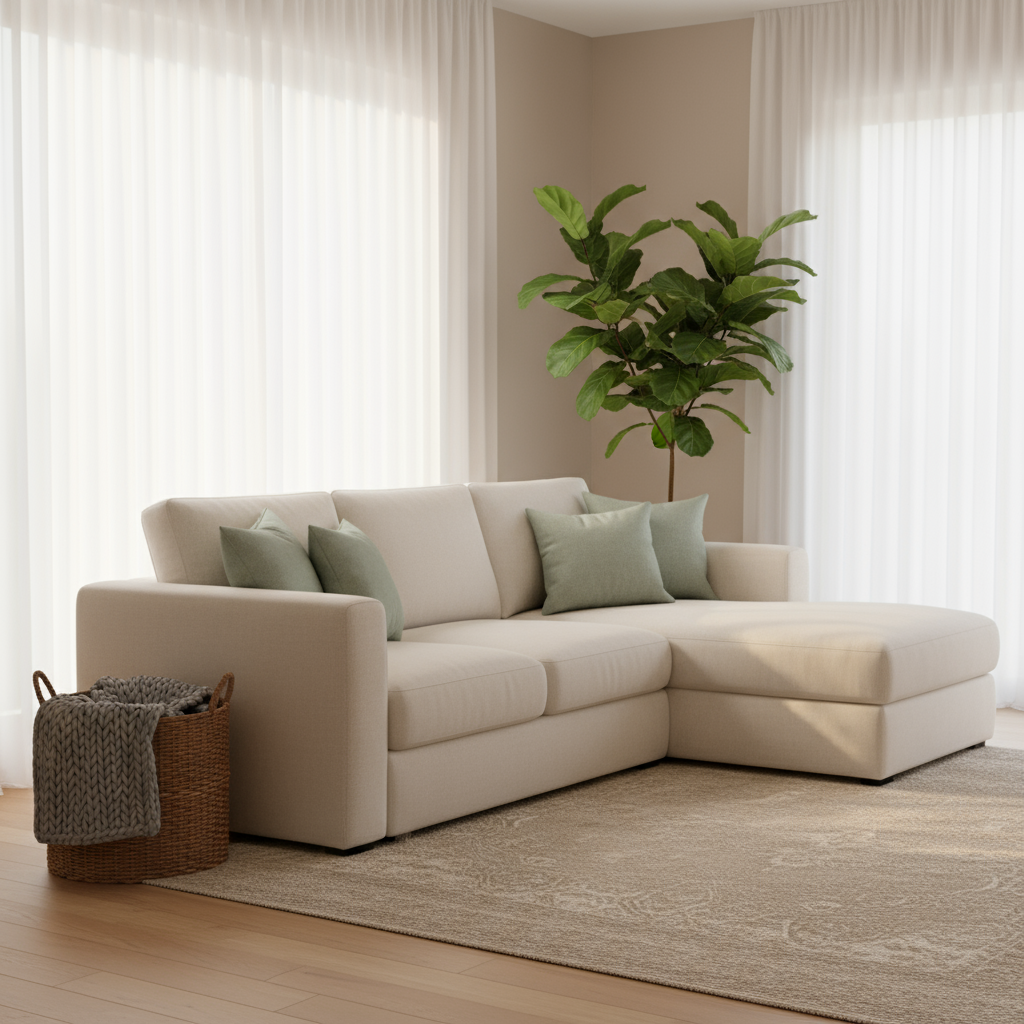A cozy, stress-free environment is a deliberate arrangement of physical and sensory elements that promotes psychological comfort and reduces mental strain
. This involves curating your space to become a sanctuary—a place of rest and rejuvenation—by consciously selecting elements that appeal to the senses and promote a feeling of safety and calm.
Physical organization and flow
The foundation of a stress-free space begins with order. A cluttered or disorganized environment can trigger anxiety and make you feel overwhelmed.
- Declutter regularly: Start with one room at a time, removing items you no longer need, use, or love. Donating or discarding unnecessary items frees up both physical and mental space.
- Establish clear organization: Create functional storage solutions, like baskets, shelves, and cabinets, to give every item a designated home. This prevents clutter from accumulating and reduces the mental load of searching for things.
- Optimize furniture layout: Arrange furniture to create clear, unimpeded pathways. A thoughtful layout facilitates movement and can make a room feel more open and spacious.
Strategic use of color and light
Color and light have a powerful impact on mood and emotions.
- Choose calming colors: Opt for soft, neutral tones like beige, light gray, muted greens, and gentle blues. These colors are known to have a calming effect, reducing stress and promoting tranquility.
- Maximize natural light: Open curtains and blinds to let sunlight in during the day. Natural light can boost your mood, improve overall well-being, and make a space feel more open and inviting.
- Layer your lighting: For evenings, use soft, warm artificial light from lamps or dimmable fixtures instead of harsh overhead lighting. Candles can also be used to create a gentle, ambient glow and add a layer of coziness.
Incorporating natural and textural elements
Bringing the outdoors in and focusing on tactile comfort can create a profound sense of peace.
- Introduce plants and nature: Add indoor plants, like succulents or peace lilies, to improve air quality and provide a connection to the natural world. Even a small vase of fresh flowers can have a calming effect.
- Engage with soft textures: Use a variety of soft, comfortable fabrics. Layer plush cushions, wool throws, and cozy rugs to create warmth and a sense of luxury. These tactile elements provide comfort and invite relaxation.
- Add natural materials: Incorporate wood, stone, or woven baskets into your décor. These organic materials add warmth and an earthy, grounded feel that enhances the sense of coziness.
Sensory and personal touches
A truly stress-free space engages all the senses and reflects your unique personality.
- Incorporate aromatherapy: Use essential oil diffusers or scented candles with calming fragrances like lavender, chamomile, or sandalwood to create a soothing olfactory environment.
- Reduce noise pollution: Minimize unwanted noise by adding sound-absorbing materials like rugs and thick curtains. You can also use a white noise machine or play calming music or nature sounds to create a peaceful auditory backdrop.
- Curate a personal relaxation zone: Designate a specific area, like a reading nook or a meditation corner, for unwinding. Fill this space with items that bring you joy, such as a comfortable chair, a favorite book, and personal mementos.
- Limit technology in rest areas: Keep your bedroom and other relaxation spaces as tech-free as possible. The blue light from screens can disrupt your sleep and the constant connection can increase anxiety.




